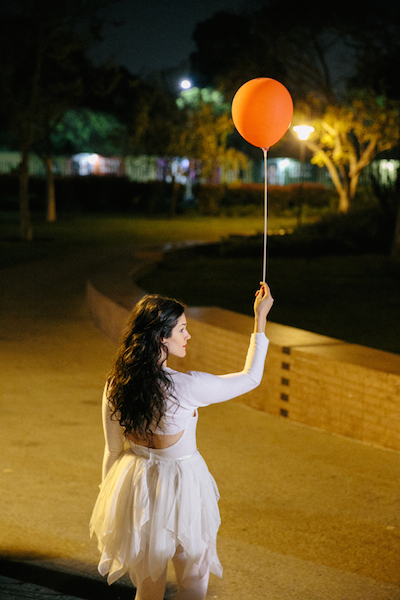In the Boone Children’s Gallery, from now through June 30, you can be a part of something big. So big, in fact, that you might contribute to a world record! From Monday through Friday, one table in this drop-in art-making space is dedicated to the art of bojagi—a Korean patchwork textile that is used for wrapping gifts and important documents. Unlike some American patchwork traditions like quilting bees, bojagi are usually sewn together by just one single maker; most often a resourceful woman using what fabric scraps she had at hand. In the spirit of collaboration, however, we are breaking tradition by inviting as many hands as possible to contribute to the creation of a community-made work of art.

Boone Children’s Gallery staff and collaborators working on the community bojagi
You can be a part of this exciting new project by visiting the Boone Children’s Gallery during the week (open until 5 pm daily) to stitch together a few squares (or more!) of provided fabric. We also invite people to bring their own clean fabric, which can be brand new or remnants from a past project, or even cut from a retired garment. No sewing experience is needed, as Boone Children’s Gallery staff are there to guide you through the entire process. In fact, recently six-year-old twins, who had never sewn before, came in with their father. They stayed for two hours and quickly became sewing ninjas—whipping out stitches faster than a seasoned seamstress. Don’t worry if the kids in your group are too young to safely hold a needle, they can still be a part of the community effort by drawing on fabric that you, or Boone staff, can attach to the larger textile.

Very young children can contribute by painting or drawing on fabric.
Our consultant on the project is San Francisco Bay Area–artist Youngmin Lee. She patiently taught us how to sew, gave us tips for teaching bojagi to kids, and shared the history of this art form that was widely popular during the Joseon Dynasty (1392–1910) and remains a Korean tradition still to this day. You too can have the unique experience of working with Youngmin as she is leading monthly bojagi workshops in April, May, and June. She will teach you sewing techniques as you contribute to the community piece and will get you started on your own Korean-inspired textile to take home. All materials are provided and the workshops are free! To sign up for a workshop, call the Ticket Office at 323 857-6010 or click here.

The patchwork textile reflects the diversity of visitors to the Boone Children’s Gallery.
So far over 100 people have added to the bojagi. We hope it grows to be the biggest bojagi ever recorded in history! At the end of the project, we will hang the bojagi in the Boone Children’s Gallery for everyone to see. The art work will be a public display of the diversity of ages, experiences, stories, and memories of all those who contributed to it. I read somewhere that wrapping a gift in bojagi ensures that it is given with love. This project came with a lot of passion and love from staff and everyone who has contributed to it so far. The next step: what will we wrap with it?

Karen Satzman, Director, Youth and Family Programs



 Posted by lacma
Posted by lacma 















